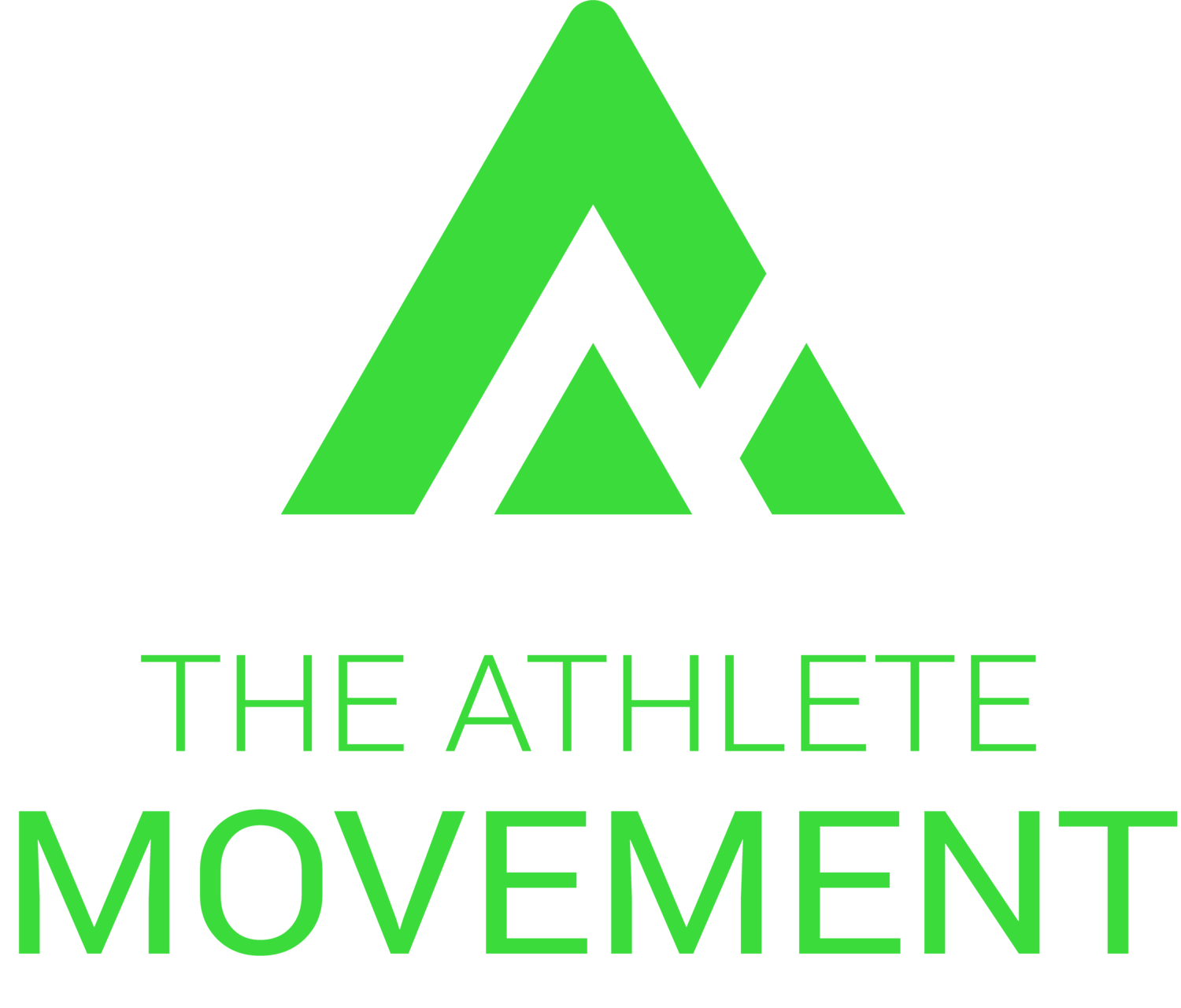When you have 5 massage therapists working on you at the one time, that is when you have made it to the elite level. If you are not Cristiano Ronaldo and wondering 'what is the next best thing?' The answer is Self Myofascial Release (SMFR) or self massage and its FREE! SMFR is often used pre-training to gain improvements in flexibility for upcoming movements or post-training to aid the recovery process and reduce delayed onset muscle soreness (DOMS). It can also be done throughout the day or night helping break up long hours of sitting.
Your weapon(s) of choice:
Rumble rollers
Foam rollers
Magic sticks/hand held rollers
Spikey balls
Lacrosse balls
Peanuts (can be easily made by taping 2 x tennis balls/lacrosse balls together)
There are even more fancy devices available such as the Hyperice Hypersphere that use vibration whilst you SMFR. Modern technology at its finest.
What to do with them:
Important to note there is no one correct way to perform SMFR. In fact there are many techniques and methods that can be used for targeting different muscles, some with large mass (lats) or deeper areas (glutes) to get to than others. With that being said, I generally recommend a few rules (especially for beginners) that help you get the most benefit out of SMFR.
Rule 1. Roll slowly!
The large majority of people generally roll super fast with the intent to just get it over with. Why is this? Because they either don't know any better or are hiding from the 'pain' or what I like to call 'sweet spots' that require the most attention. If you are going to do something, do it good - either way you end up spending the same amount of time working on it, so make it count.
By performing fast rolling, you are warming up the surface of the tissue which is okay to initiate with. However, after warming it up do yourself a favour and slow it down to trigger point the 'knotted' areas. I recommend aiming for at least 60 seconds of rolling time per muscle group. This doesn’t mean you need to smash out as many reps as possible but instead aim for hitting those sweet spots. Quality > Quantity. When you find a sweet spot (and you will know when you do) make sure you apply pressure to the area for at least 10 seconds or more. Rule 1 goes in combination with my next rule.
Roll slowly for the win!
Rule 2. BREATHE!
A lot of people I see actually stop breathing and start to go red in the face. When you SMFR make sure you use relaxed and controlled breathing. The more relaxed you are, essentially the less tension and stiffness in your muscles, allowing you to target that specific muscle more effectively. I recommend deep inhales (IN) through the nose and deep exhales (OUT) through the mouth. Focussed breathing also takes your mind off the 'pain', which goes in combination with my next rule.
Rule 3. Don’t go to the point of unbearable pain.
Sure rolling will be uncomfortable and unpleasant, it is no cake walk. However, don't go to the point of excruciating pain, especially as a first time user. With that being said, it doesn’t mean you should take it super easy and avoid these sweet spots you notice along the way. Remember I said there is no one correct way to roll? When I coach my athletes I use a series of regressions or progressions by altering body positions such as arms and legs, or using standing and laying variations. Find the best methods for you as an individual.
What can I roll?
I initially recommend getting into the big major muscle groups that are often doing a lot of the work when you train and compete i.e. quadriceps, hamstrings, adductors, glutes, lats/back and pecs. A good rule of thumb is that what ever muscle has the most sweet spots is generally the area you need to get into/SMFR the most. Over time you will understand which muscles you need to take care of more than others and can then simply attend to the minor areas once a week or so. Other key muscles that often require attention include the calves, tensor fasciae latae (TFL), quadratus lumborum (QL), and even the soles of your feet!
At The Athlete Movement I use SMFR methods and techniques as fundamentals in my athletic programs helping promote longevity for the athletes career. If you have never performed SMFR make sure you contact an exercise professional or physiotherapist for advice on technique and specific target areas before use.
Join the movement!



